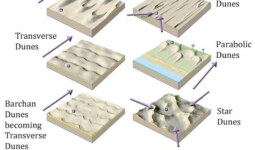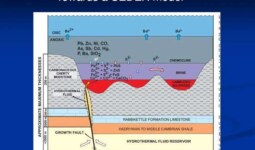Introduction:
Non-metallic miner als, also known as non-metals, are a diverse group of elements that do not possess metallic properties. They are soft, brittle, and generally have low melting and boiling points. Non-metallic minerals play a vital role in the environment, economy, and daily life. This article will provide a comprehensive overview of non-metallic minerals, their classification, and their uses.
Classification of Non-Metallic Minerals:
Non-metallic minerals can be classified into three main categories based on their chemical properties:
Carbonates:
These minerals contain the carbonate ion (CO3^2-) and are characterized by their solubility in water. Examples include limestone, marble, and dolomite.
Oxides:
Oxides are characterized by the presence of oxygen in their chemical formula. They can be further classified into two subcategories:
Basic oxides:
These miner als contain a metal and a non-metal, such as calcium oxide (lime) and magnesium oxide (magnesite).
Acidic oxides:
These minerals contain a metal and oxygen, such as iron oxide (rust) and copper oxide (blue-green patina on copper objects).
Silicates:
Silicates are the most abundant minerals on Earth and are composed of silicon and oxygen. They have a wide range of properties, including being inert, acidic, or basic. Examples include quartz, feldspar, and mica.
Sulfates, Sulfides, and Sulfites:
These minerals contain sulfur and are characterized by their solubility in water. Examples include gypsum, sulfur, and arsenic.
Halogenides:
Halogenides are minerals that contain one or more halogens (fluorine, chlorine, bromine, or iodine). Examples include fluorite, halite, and bromine.
Organic Minerals:
Organic minerals are composed of carbon and hydrogen and include minerals such as graphite, diamond, and coal.
Uses of Non-Metallic Minerals:
Non-metallic minerals have a wide range of uses, including:
- Construction: Limestone, marble, and granite are used for building materials, while cement and concrete are made from calcium carbonate.
- Agriculture: Gypsum is used as a soil conditioner, while potash is a vital component in fertilizers.
- Energy: Coal, petroleum, and natural gas are non-metallic minerals that provide energy through combustion.
- Medicine: Minerals such as calcium, magnesium, and fluoride are essential for human health.
- Electronics: Silicon is the primary component of semiconductors, which are essential for modern electronics.
Conclusion:
Non-metallic minerals are essential for various aspects of human life, from construction to medicine. Their unique properties make them indispensable in our daily lives. As technology advances, the demand for non-metallic minerals is expected to grow, highlighting the importance of sustainable extraction and recycling practices.




Leave a comment